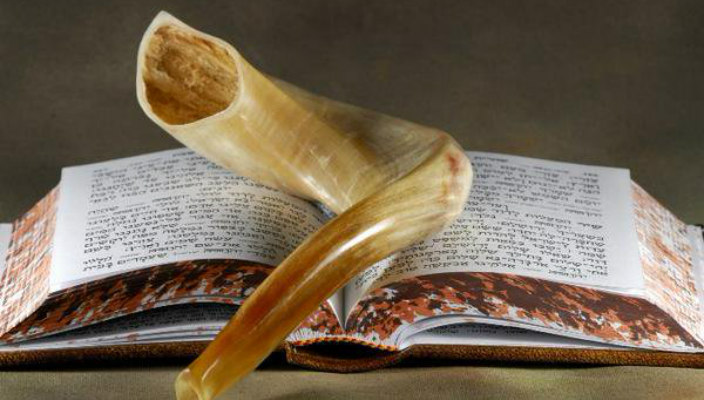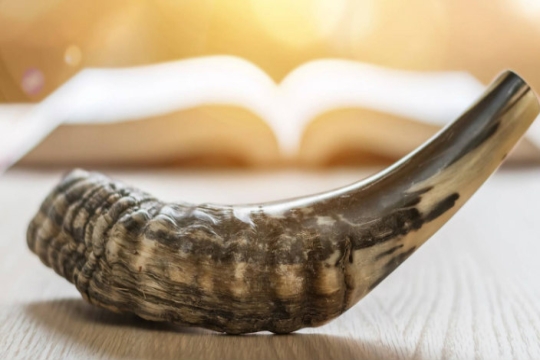
Yom Kippur (“Day of Atonement”) is observed on the tenth day of Tishri. In the nine days following Rosh HaShanah, we repent for our sins of the past year. Yom Kippur is the day that our fates are sealed for the year ahead.
While we do repent for our sins against God, sins against other people are atoned for differently. Before the holy day, we must anyone we’ve sinned against for forgiveness three times. If we are sincere in the asking, we are considered to have repented, even if that person does not grant our request.
This holy day begins with the Kol Nidre (“all vows”) service. Historically, the prayer was spoken by Jews forced to convert to Catholicism in Spain to release them from their vows. Today we understand Kol Nidre as a prayer to help remind us of resolutions we have made carelessly and to inhibit any inclination we have to do so again in the coming year.
Prayer, the giving of charity, and fasting are seen as the most effective means of atonement, and to this day they are practiced on Yom Kippur. Fasting as a rigorous form of self-denial came to typify Yom Kippur’s concern with the spirit over the body. Girls from age 12 and boys from age 13 were obligated to fast. Younger children were encouraged to fast a few hours of the day in training for their eventual day-long abstinence.
On Yom Kippur, virtually everything focused on the physical is restricted so long as health isn’t compromised, including eating, drinking, washing and bathing, and wearing cosmetics or leather shoes. It is customary in some synagogues to wear white, symbolizing purity.
Programming for Yom Kippur
-
Use The Torah: A Women's Commentary and the supplementary study guides to inform your discussion of Nitzavim and K'doshim, which are read in the morning and afternoon, respectively.
-
Host a special meal to break the fast, taking special care to invite those who are new to your community. It’s traditional to eat challah and cake, baked prior to the holiday.
-
Use the tradition of fasting to start a conversation about hunger and global poverty. Share the RAC’s infographic and check out WRJ’s anti-hunger and global poverty advocacy.
-
Work with children in your community to write reflection letters about their past year and their goals for the upcoming year. Save them for next year’s High Holidays, when they can write new letters and re-read their old letters.
-
Discuss with your sisterhood, congregation, or community: Why do you think these holy days evoke such a strong response in Jewish people? What reasons would you and others give for wanting to attend services on these days even when other holiday services are ignored?


